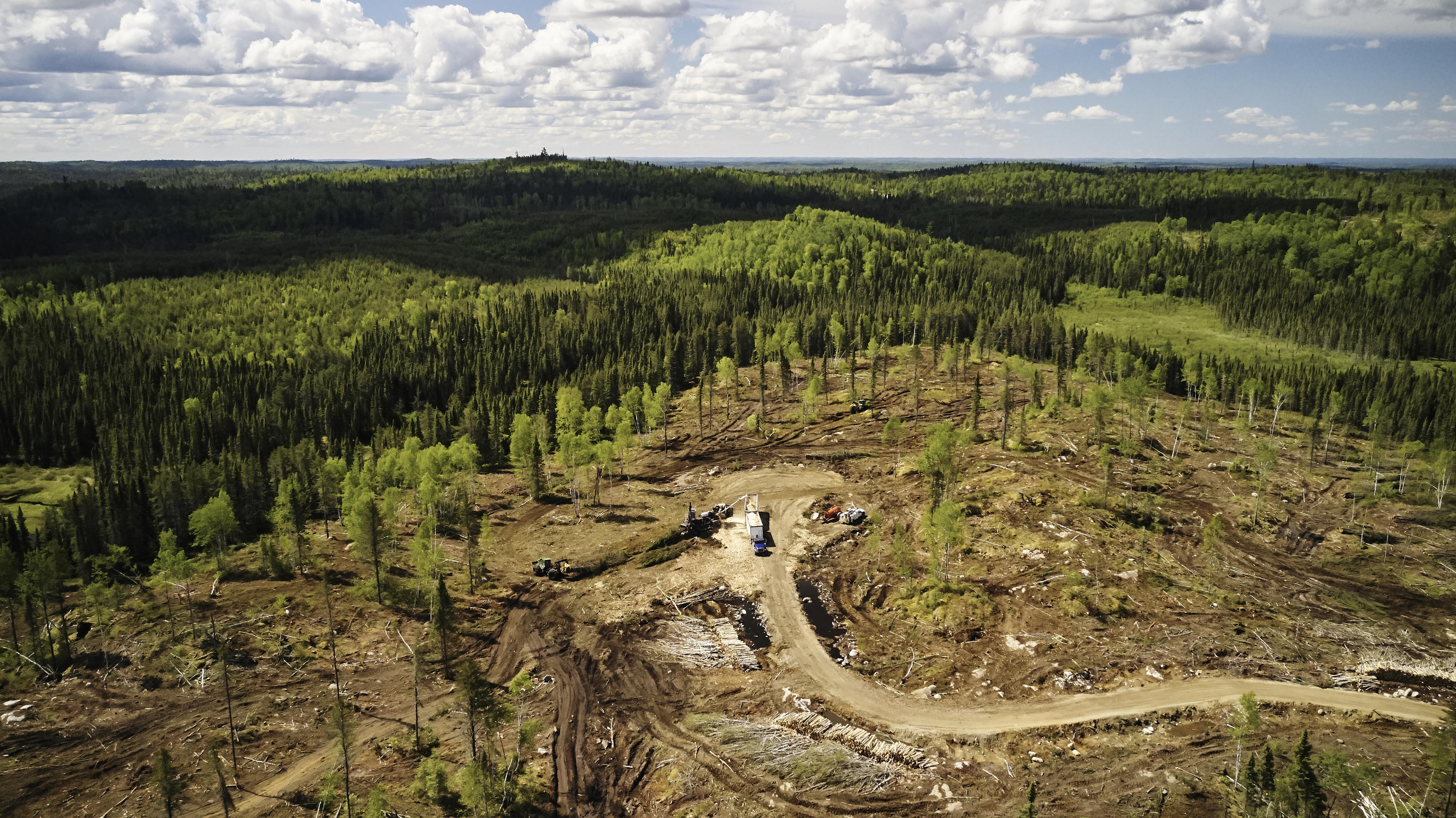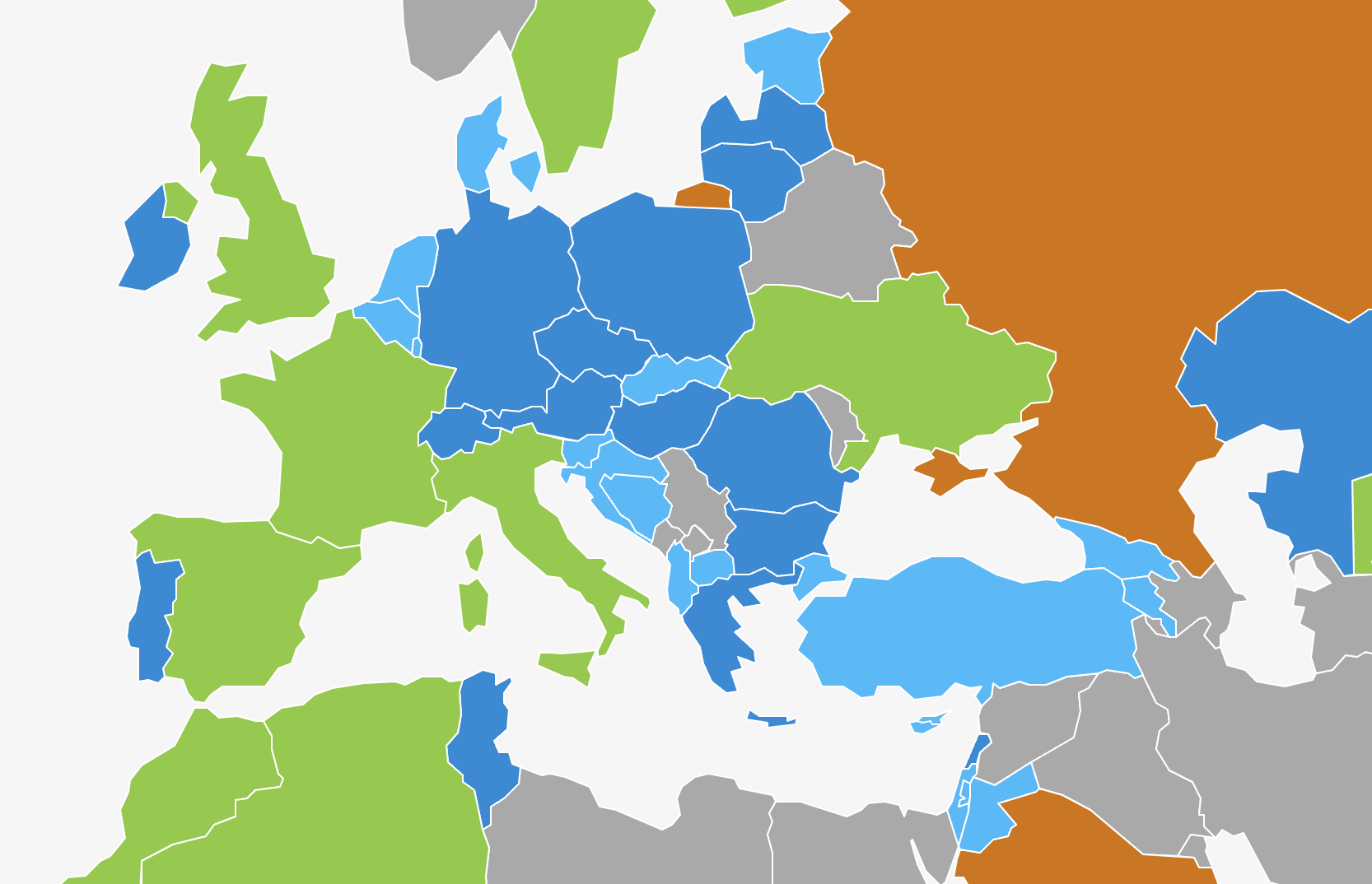
In Response to Climate Change, Governments are Relying on Land for Carbon Dioxide Removal.
We calculated how much land is included in pledges: around 1 billion ha. That's about two thirds of the world's arable land.

This report looks at how Governments are using land in climate pledges.
Governments continue to rely on land for carbon dioxide removal. An international team analyzed new NDCs and long-term climate pledges for commitments for 2050, and 2060 — looking at the implications for land use. We calculated how much land is included in national climate pledges: over 1 billion ha. That's about two thirds of the world's arable land.
At the same time, governments are failing to take seriously targets to halt and reverse deforestation and forest degradation by 2030 - resulting in a “Forest Gap” of almost 20 million hectares of annual forest loss and destruction in 2030 based on current commitments, where 40% of countries have submitted a new climate pledge up to November 2025.
The 2025 Land Gap Report shows that NDCs are failing to articulate the needed transitions, both by over relying on land to remove carbon - thereby delaying the required energy transition, and by failing to commit states to urgent action to halt emissions from forest loss and degradation.These cannot be achieved without significant negative impacts on livelihoods, land rights, and ecosystems.
Conventional explanations for the failure to halt deforestation and forest degradation tend to focus on lack of: political will, financial resources, commitment from private sector actors and state capacity to implement decisions. What is rarely discussed is how the current structure of global economic governance—the political economic ‘rules of the game’—constrain a country's policy and fiscal autonomy to take necessary actions aligned with climate and biodiversity deforestation. This report sketches the needed reforms that move towards a restorative, rights-based economic model.
Past Assessments
Country climate pledges reveal unrealistic expectations for land-use change. Some high income, major emitters account for nearly all land-based carbon dioxide removal in climate pledges. This increases the risk of overshooting warming thresholds and of dangerous climate impacts. The legitimacy of net zero climate goals is dependent on rapid decarbonization rather than over-relying on removals particularly from land
The 2024 Nature Communications publication provides a peer-reviewed assessment of national climate pledges, and extends the assessment to all pledges submitted by the end of 2023.


Data Visualizations
The data page shows the distribution of global land-based carbon dioxide removal pledges. It also allows users to dig deeper into the data to see the types of activities pledged by each country, and how significant each pledge is in comparison to existing agricultural and forested land.
Stay updated
Sign up for updates and information about the Land Gap Report
Cover photo of a sunrise in Lombok, Indonesia by Ikan Nakal/Adobe Stock. All images courtesy of Adobe Stock unless otherwise noted.











.jpg&w=384&q=75)